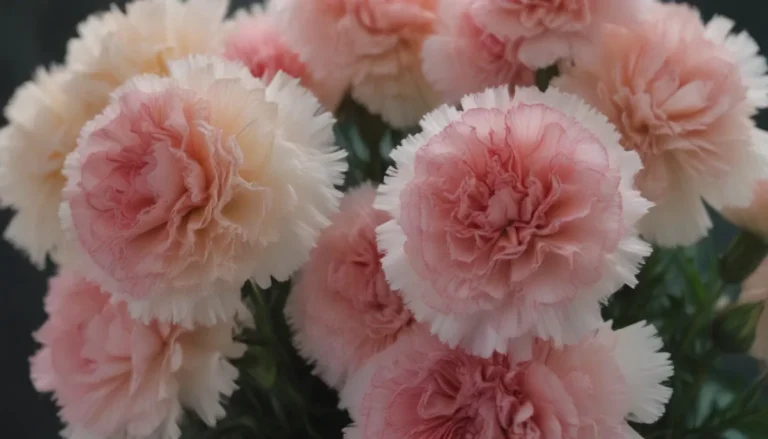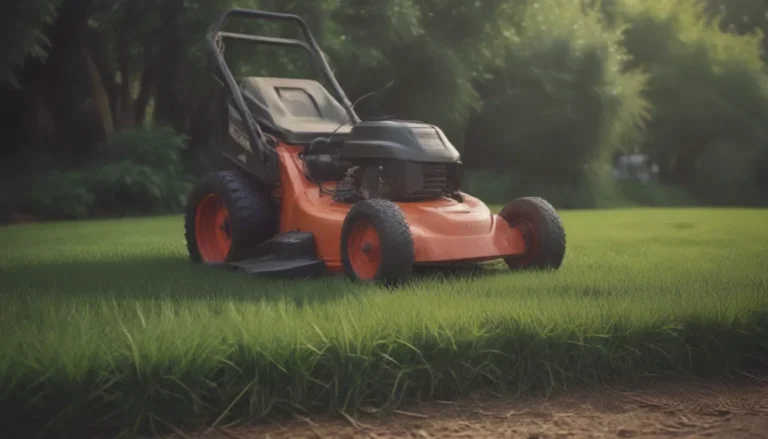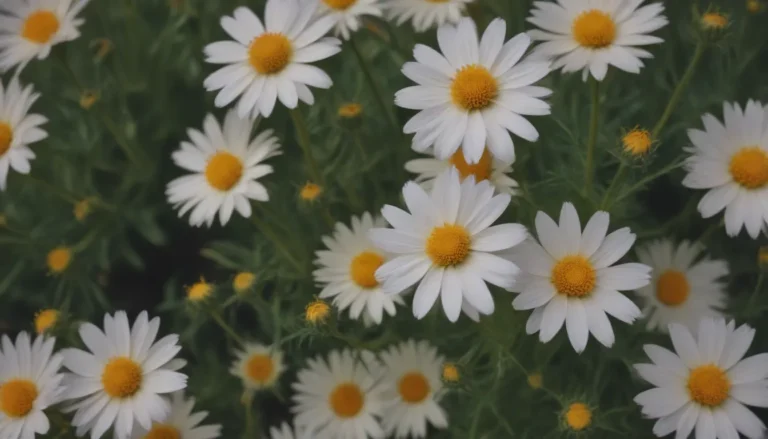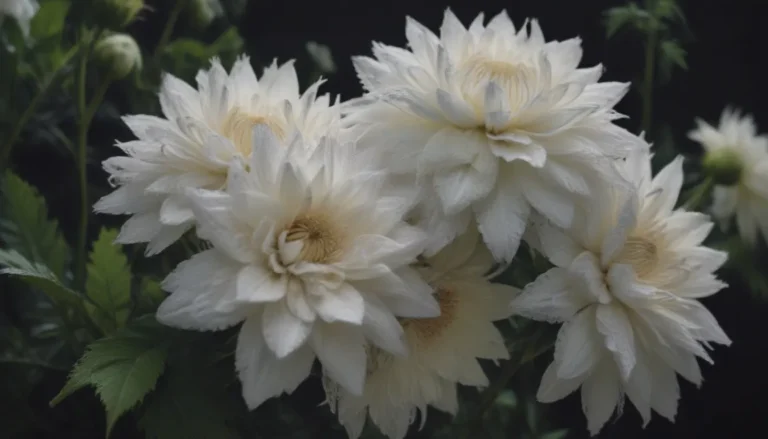Complete Guide: Growing and Caring for English Ivy

Welcome to our comprehensive guide on how to grow and care for English ivy. Whether you’re a seasoned gardener or just starting out, this article will provide you with all the information you need to successfully cultivate this beautiful evergreen perennial.
Introduction to English Ivy
English ivy, also known as Hedera helix, is a versatile plant that can act as both a ground cover and a climber. Its aerial rootlets allow it to scale heights of up to 80 feet, making it a popular choice for vertical gardening. While English ivy does produce small greenish flowers, it is primarily grown for its lush, evergreen foliage.
Benefits of Growing English Ivy
- Acts as ground cover for hard-to-plant areas
- Helps prevent erosion on hillsides
- Thrives in containers or hanging baskets
- Provides year-round greenery indoors or out
Planting English Ivy
The best time to plant English ivy is in the spring when the soil is warm and moist. However, it’s important to note that English ivy is a fast-growing plant that can be invasive in certain regions. Always check with your local extension office to ensure that English ivy is not considered invasive in your area before planting.
Tips for Planting English Ivy
- Choose a location with partial to full shade
- Use well-drained soil with a layer of mulch to retain moisture
- Water sparingly to avoid overly wet soil
- Protect from winter winds and hot summer sun
English Ivy Care Tips
Taking care of your English ivy is essential to ensure its health and vitality. Here are some key tips for maintaining your plant:
Light
English ivy thrives in partial to full shade, making it an ideal ground cover for shady areas where grasses struggle to grow. Indoors, provide bright, indirect light in summer and some direct light in winter.
Soil
Plant English ivy in well-drained soil with an average loam texture. While it can tolerate a wide range of pH levels, English ivy does best in loose, well-drained potting mix indoors.
Water
Check the soil before watering your ivy and allow it to dry out slightly between waterings. Avoid overwatering, as ivy prefers evenly moist but not soggy soil with excellent drainage.
Temperature and Humidity
Maintain temperatures between 70-90°F for optimal growth and keep humidity levels medium to high. Protect ivy from cold winter winds and excessive summer heat to prevent leaf damage.
Fertilizer
Feed English ivy every two weeks during the spring and summer with a balanced fertilizer to promote healthy growth. Avoid fertilizing during stressful conditions such as extreme temperatures or dry soil.
Pruning English Ivy
Regular pruning is essential to keep your English ivy in shape and prevent overgrowth. Use clean, sharp cutting shears to trim ground cover plants in the spring and pinch off growing tips to maintain a bushy shape. Hard pruning every few years can help rejuvenate the plant and encourage new growth.
Propagating English Ivy
Propagating English ivy is easy using stem cuttings from pruning. Follow these simple steps to propagate new plants:
- Take stem cuttings from healthy ivy plants
- Remove lower leaves and dip cut ends in rooting hormone
- Plant cuttings in potting mix and keep moist until roots develop
Potting and Repotting English Ivy
Growing English ivy in hanging baskets is a popular choice for its cascading vines. Repot small plants annually and larger plants every two years with fresh potting soil for optimal nutrition. Alternatively, replace the soil in existing containers to revive older plants that need a boost.
Common Pests and Diseases
English ivy is susceptible to pests such as aphids, spider mites, and mealybugs, which can be controlled with neem oil or insecticidal soap. Additionally, watch out for diseases like bacterial leaf spot and root rot, which can be treated by removing affected plants and applying fungicide to unaffected ones.
Conclusion
In conclusion, English ivy is a versatile and hardy plant that can thrive both indoors and outdoors with the right care. By following the tips and guidelines outlined in this guide, you can enjoy the beauty of English ivy in your garden or home all year round. Remember to monitor your plant regularly, provide appropriate light and water, and watch for signs of pests and diseases to keep your English ivy healthy and vibrant. Happy gardening!





